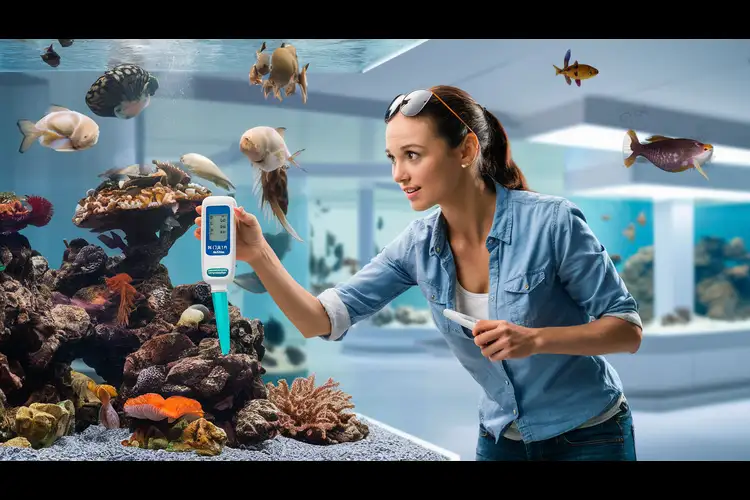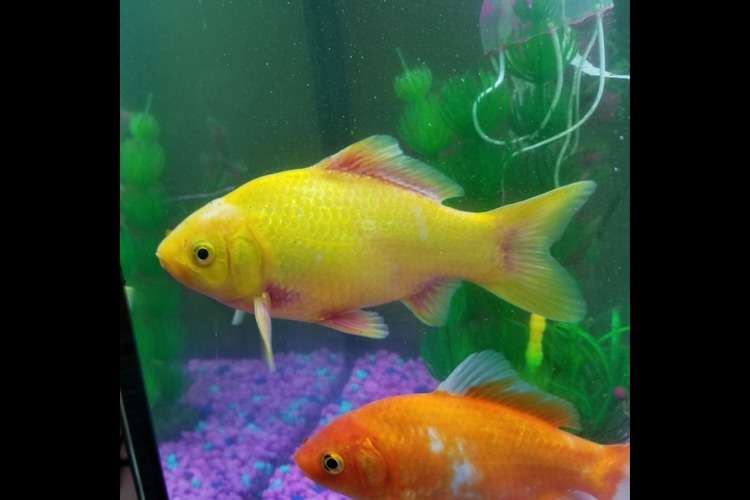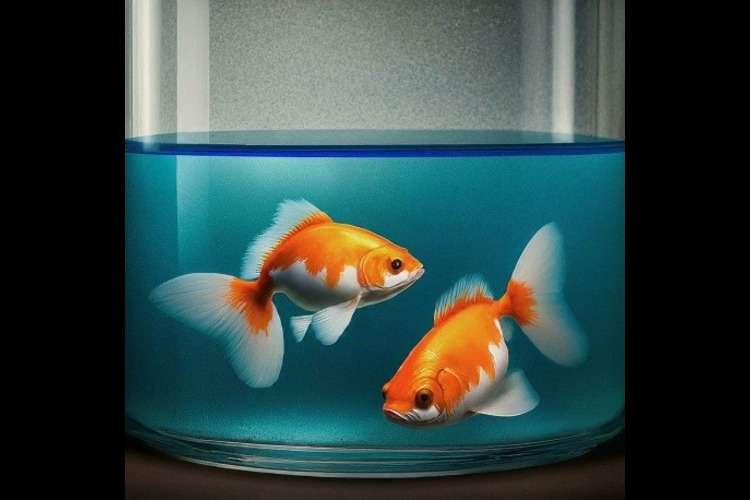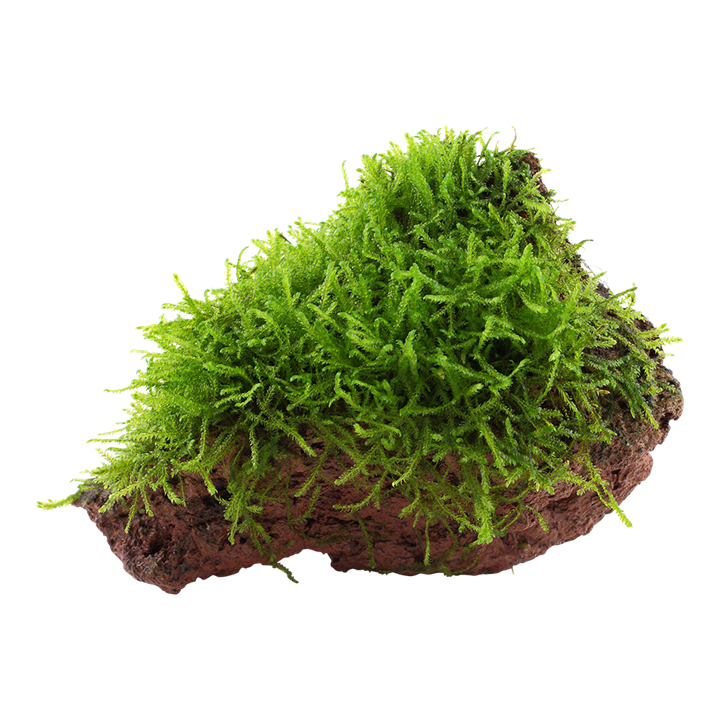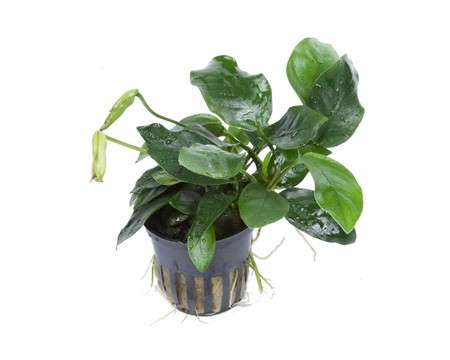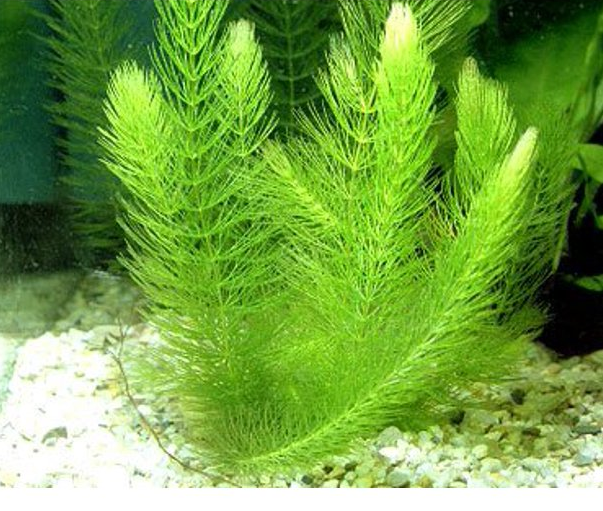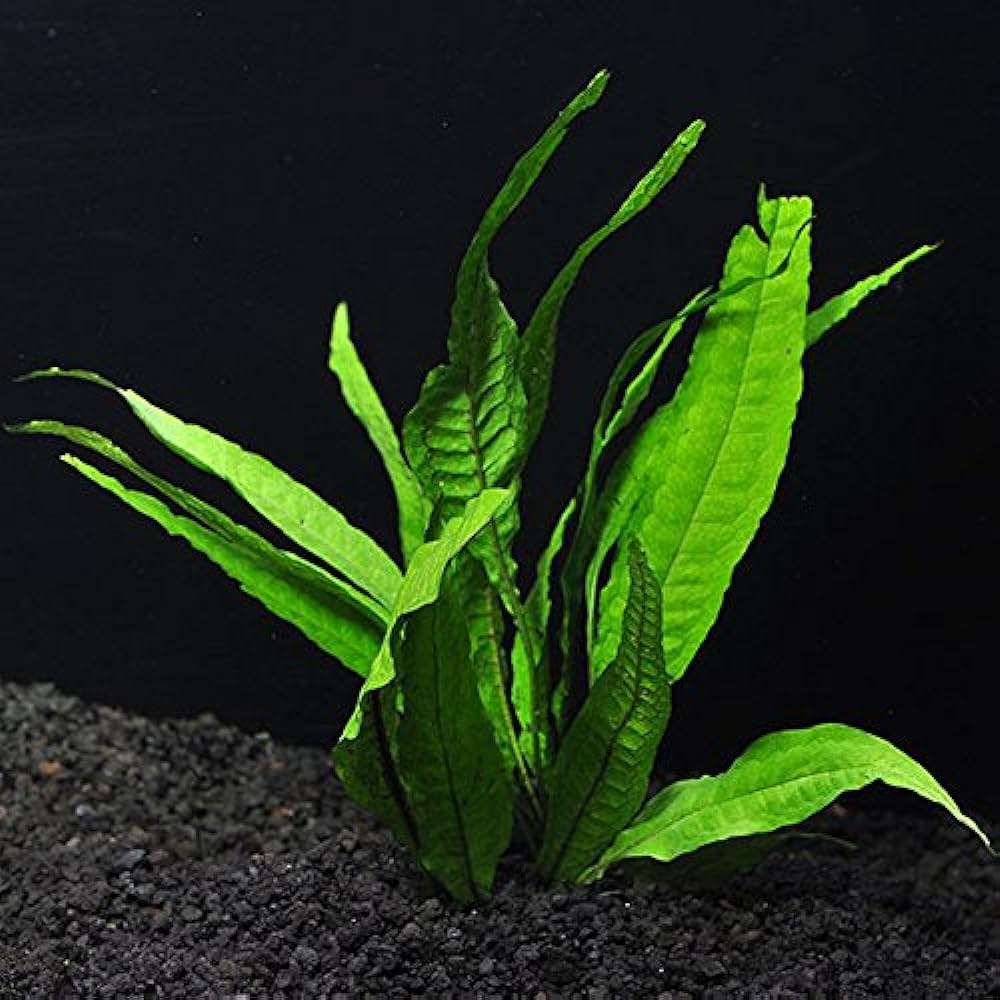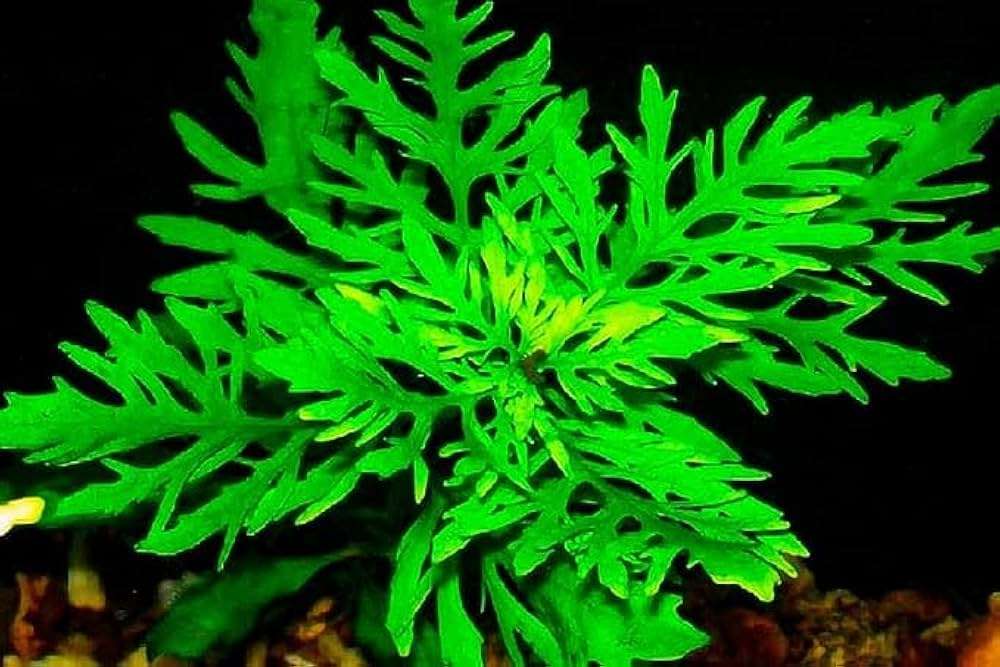Perfect Aquarium Lighting: Enhance Your Fish’s Environment
Selecting the right lighting is crucial for maintaining a healthy aquarium. It boosts plant growth, replicates natural light, and highlights the beauty of your fish and tank.
Table of Contents
- Understanding Aquarium Light Types
- Type of Aquarium
- Light Spectrum and Intensity
- Imitation of Natural Cycles
- Beauty Meets Function
- Faq
- Conclusion
1. Understanding Aquarium Light Types
There are several types of aquarium lighting, all of which serve distinct purposes. The most common are:LED lights: Although energy conserving and long-lasting, they appeal to many for customizable brightness and spectrum. One can use this form of light for freshwater fish tanks and saltwater fish tanks. These may be made to resemble day-night cycles.
Fluorescent Lights: These are good for small home aquaria projects. They are very inexpensive and will work well for fish tank fish and low-light plants.
Compact Fluorescent Lights (CFL) : Good for planted aquarium fish tanks, as they produce more light than standard fluorescents and promote growth.
Metal Halide Lights: Generally used for deep or highly planted tanks, metal halides have a tremendous lighting intensity. They are ideal for tanks with high-light plant species and tropical fish.
2. Type of Aquarium
The type of aquarium you have be it fresh or salt water will determine the kind of lighting you will need.Freshwater Aquariums: For daily freshwater fish tanks, LED or fluorescent lights are adequate. In case you still maintain live plants opt for the full-spectrum lighting that promotes plant growth.
Aquariums with Saltwater Fish-Only: In the aquarium with saltwater fish-only, the motive is to make the fish bright and colorful. In such situations people prefer LED lights by color spectrums that can be changed according to aquarium environment.
Reef Aquariums: The lighting of reef tanks is pretty strong since it has to accommodate all the needs of corals. In fact, some recommend metal halide or high-powered LED lights that reproduce sunlight in this case.
3. Light Spectrum and Intensity
Several fish and plants require various intensities of light spectrum. Full spectrum lighting is, therefore, quite important for a healthy environment as it ensures not only the natural colors of your aquarium fish but also healthy growth of plants and corals.Light intensity can also be measured in terms of PAR or Photosynthetically Active Radiation. In case of a demand from plants or corals in tanks, higher levels of PAR are necessary. Lower levels would do just fine, however, in fish tanks with only live fish.
4. Imitation of Natural Cycles
Aquarium lighting should closely mimic the natural day-night cycle to foster health in your fish. While most fish need around 8-10 hours of light during the day, too many hours may encourage algae growth and too few hours may affect the behavior of your fish and plants.Consider a timer with your lights so you automatically cycle them on and off. Some advanced LED systems can even be programmed to mimic sunrise and sunset, making for an even more natural environment for your fish.
5. Beauty Meets Function
The arrangement of lighting also adds to the beauty of your aquarium. You can use light to create glare around the colors of your tropical fish, or perhaps the green foliage from the plants or complex structures from coral reefs. Change the mood and effect with colored LED lights for your aquarium tank.Faq
1. What are the most common types of aquarium lighting?
The most common types of aquarium lighting are LED lights, fluorescent lights, compact fluorescent lights (CFL), and metal halide lights. Each serves different purposes based on the type of tank and its requirements.
2. Which lighting is best for a freshwater aquarium?
For freshwater aquariums, LED or fluorescent lights are generally sufficient. If you have live plants, it’s recommended to use full-spectrum lighting to promote plant growth.
3. What type of lighting is recommended for saltwater fish-only tanks?
LED lights are ideal for saltwater fish-only tanks, as they can enhance the color and brightness of the fish. Adjustable LED lights with customizable color spectrums work best.
4. What lighting is needed for a reef aquarium?
Reef aquariums require strong lighting to meet the needs of corals. High-powered LED lights or metal halide lights that can replicate sunlight are recommended for these tanks.
5. How important is light intensity in an aquarium?
Light intensity, measured in PAR (Photosynthetically Active Radiation), is crucial for promoting plant and coral growth. Tanks with demanding plants or corals need higher PAR levels, while lower levels are fine for tanks with just fish.
6. How many hours of light do fish need daily?
Most aquarium fish need around 8-10 hours of light per day. It’s important to avoid too much light, as it can lead to algae growth, while too little light may affect fish behavior and plant health.
7. Can I use lighting to enhance the appearance of my aquarium?
Yes, lighting can significantly enhance the aesthetic appeal of your aquarium. You can use colored LED lights to highlight the colors of your fish, plants, or corals and create different moods or effects.
8. How can I replicate natural day-night cycles in my aquarium?
You can use a timer to automatically turn the lights on and off, ensuring a consistent day-night cycle. Some advanced LED systems even simulate sunrise and sunset to provide a more natural environment for your fish.
9. Why is full-spectrum lighting important?
Full-spectrum lighting is important because it provides a balanced range of light that supports the natural colors of fish and the healthy growth of plants and corals in your aquarium.
10. How can I balance aesthetics with functionality in aquarium lighting?
To balance aesthetics with functionality, choose lighting that not only highlights the beauty of your fish and plants but also meets their specific needs for light intensity and spectrum to create a healthy underwater habitat.


